Climbing can be super rewarding. It is also an inherently dangerous sport, and having rock rescue skills can simply save lives.
Pro-climber and alpine guide Sarah Hueniken (one of the best mixed climbers in the world, male or female) has been a huge proponent of moving safely in the mountains by dedicating a good portion of her time to teaching. Every year she puts on rock rescue courses, and we had the honor of taking part in one.
The course was over two days and covered some simple, but very important techniques. We sat down with Hueniken to ask her about the importance of rock rescue skills.
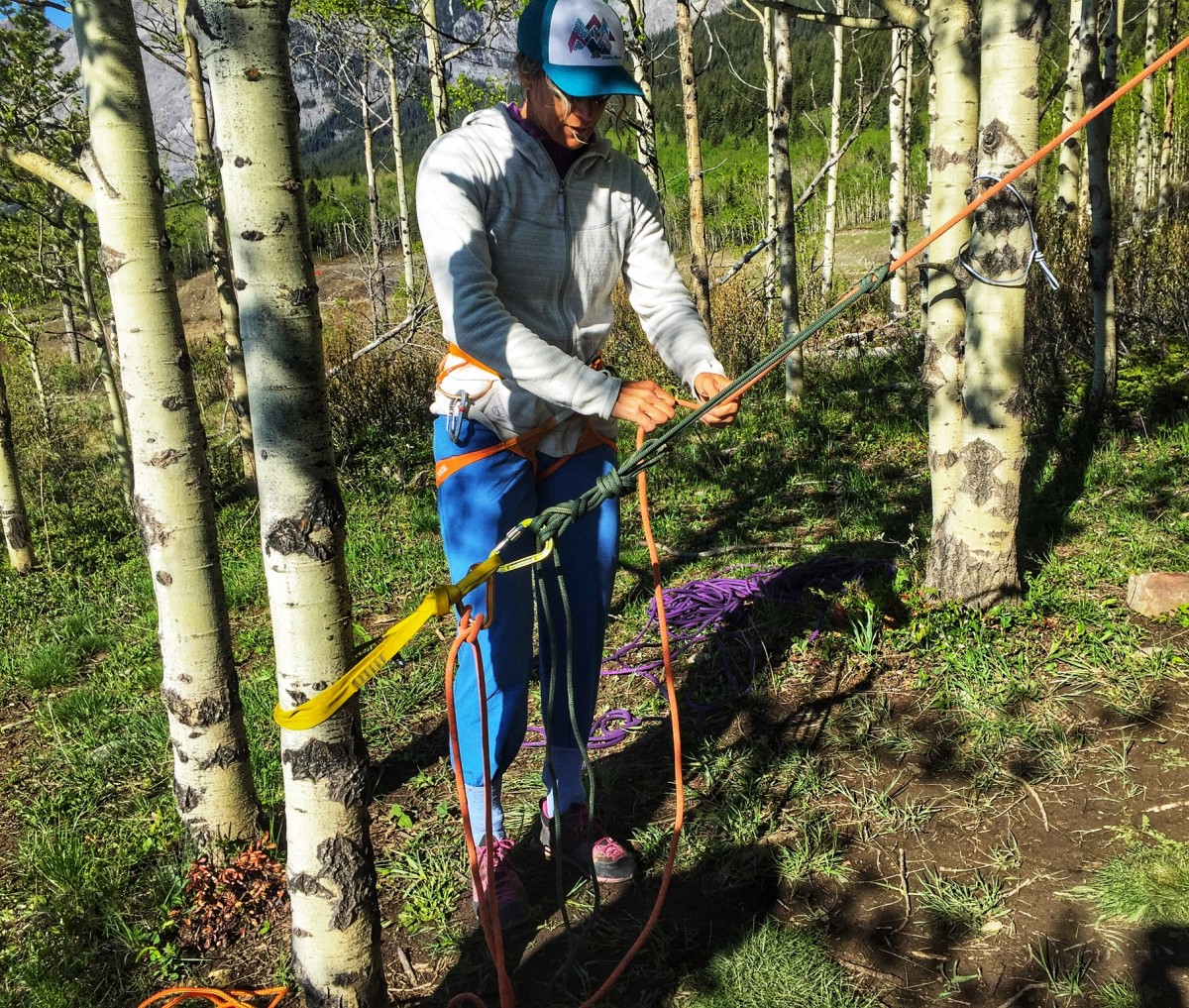
When should a climber think about taking a rock rescue course?
Basic rock rescue is something a climber should consider when they start to do multi pitches and or are climbing in more remote areas. If you’ve ever belayed someone past half way up the climb in and wondered “what would I do now if they took a bad fall?” Or if you’re the one starting to take newer climbers out and are solely responsible for the safety of the day.
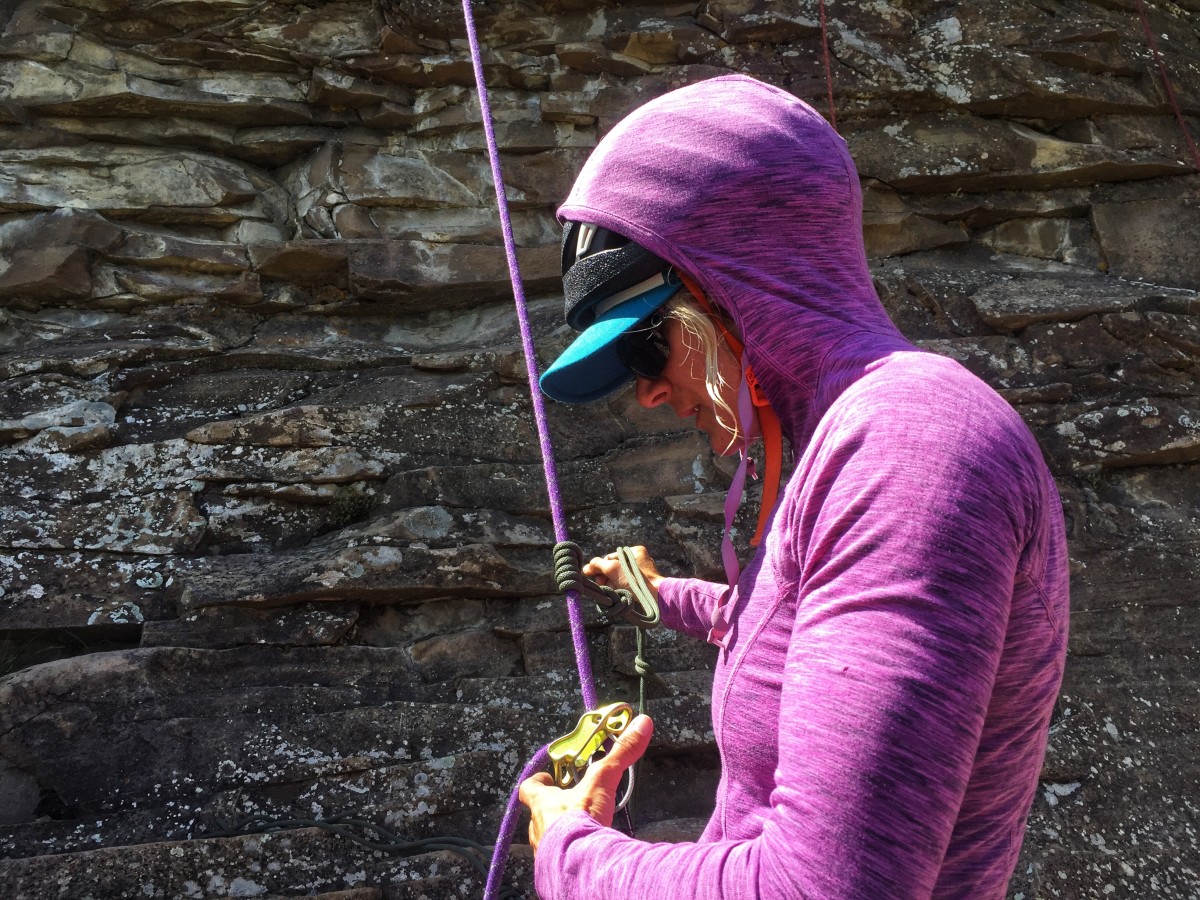
What are some of the skills you teach in your courses?
Belay escapes: Being able to free your hands and transfer the weight of the climber to the anchor so that you are able to get to communication source (call for help). Rope ascensions: Being able to climb a rope safely on your own, so that you can retrieve stuck ropes, or ascend to a fallen climber. Safe rappel techniques: Descents are the leading cause of accidents so it is import to know improvised rappel methods and rappelling with two people. Lowers: Ways to back up lowers, ways to add more friction to lowers, and ways to reverse a self locking belay device so you can lower someone. Simple raises: 3:1 ratio and 5:1. Counterbalance lower: Retrieving a victim by, rappelling to them and then counterbalance lowering them with you to the next anchor.
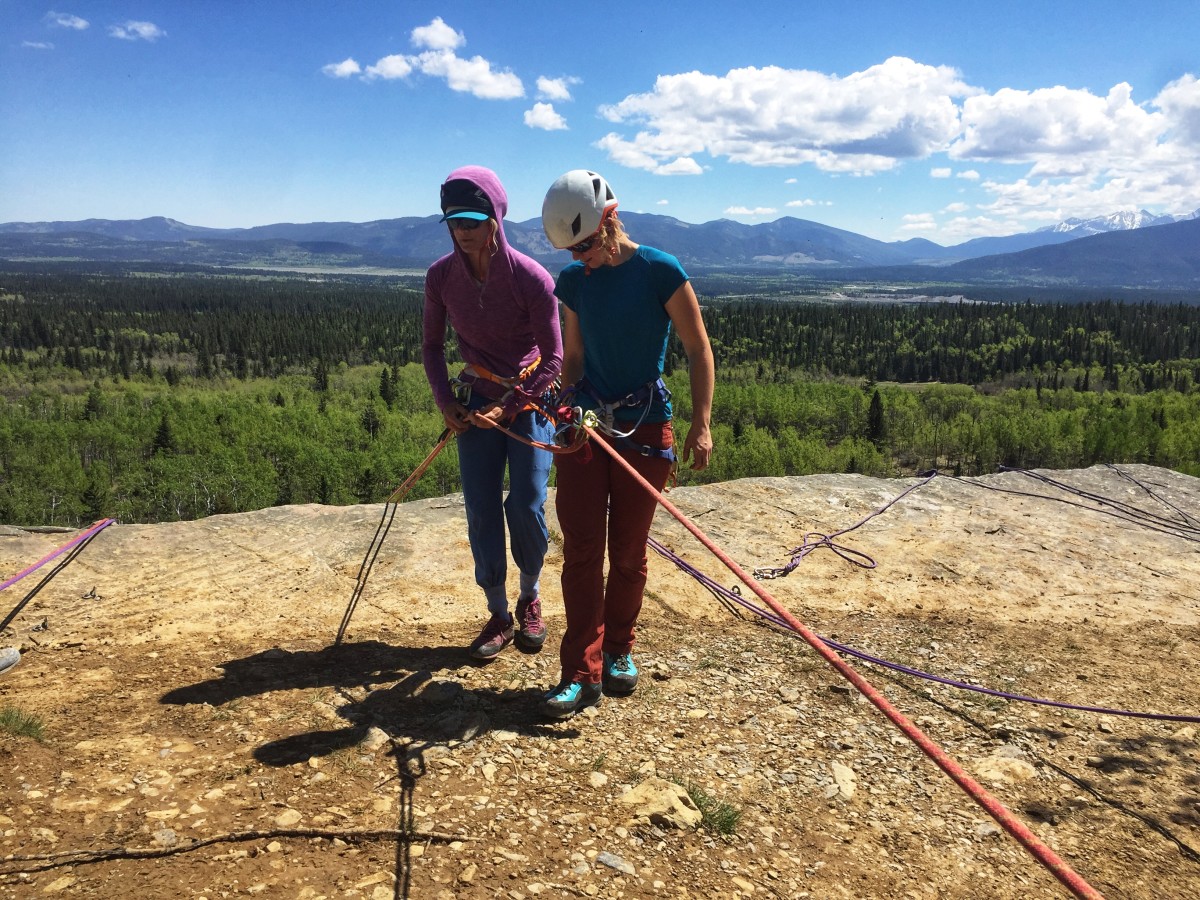
What are some scenarios where these skills would be used?
There are a ton of ways that rock rescue might get played out. A leader fall where you are not able to lower them back to you, due to rope length or traverse, would be a worst case scenario, in which almost all of the above skills would be required. Belaying a second that experienced bad rock or ice fall and you need to check on them and give them first aid. The take home, for all of these though, is that you are at least able to call for help, and then get to your victim and give them first aid and wait for professionals to rescue you.
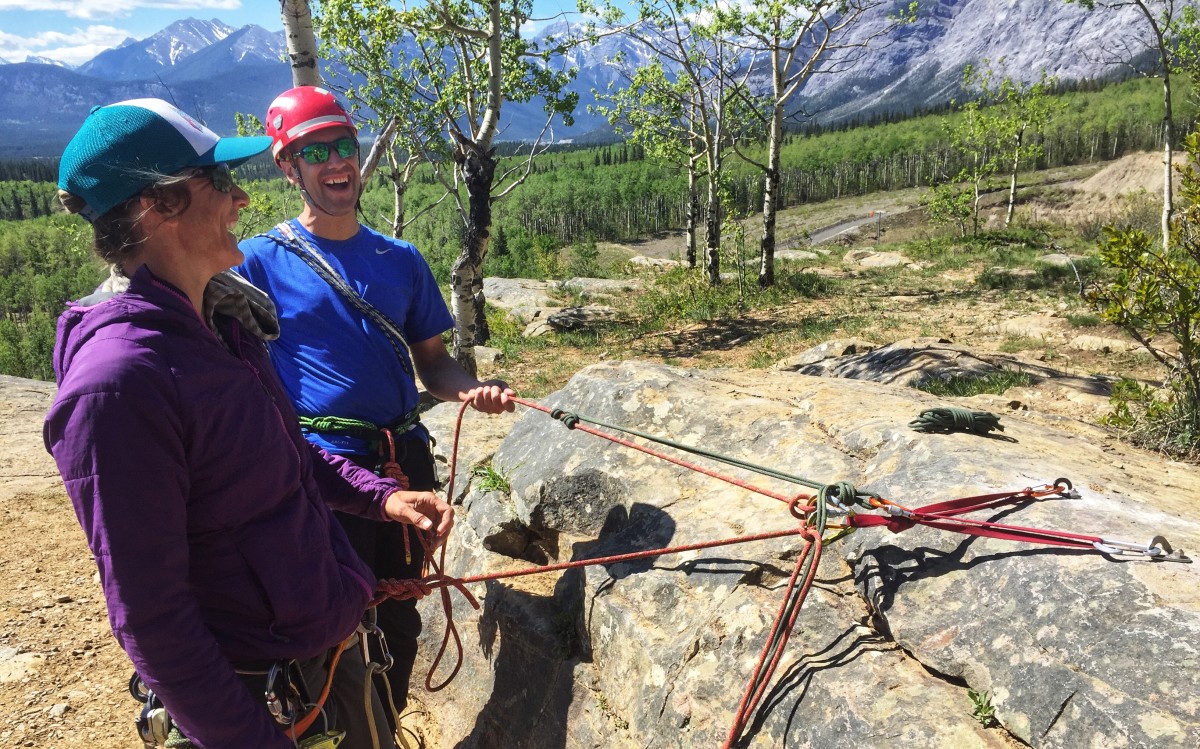
What are some real life incidences in which you have had to use these skills?
I often get asked how much I’ve had to use these skills. In some ways, often, and in others, never! Prevention is definitely the primary skill to learn. Starting early, being prepared and well-researched for your objective is probably the best thing you can do to prevent accidents. Of course, even with all of that, the mountains are not something that you can control, and rock fall, weather etc. can happen.
My most common uses of rescue skills have been rope ascension for stuck ropes. Never fun, but not life threatening if you know what you are doing. Simple raises to help someone through tough spots on a climb, and reversing self locking belay devices if someone drops a tool on an ice climb, would be other common practices I’ve used on a more regular basis.

What next steps do you encourage after taking a rock rescue course?
Often rescue skills can be quite overwhelming when you are first learning them. For that reason, I would suggest trying to learn things in bite-sized amounts and then practicing them a lot. I hammer in belay escapes from belaying in all types of configurations so that people really understand how to tie the basic knots and how and why and when to transfer loads.
Of course, even professional guides need to practice these skills every year to keep them fresh and well-versed. Easy thing to do, by going to a park or a tree or your balcony and rehearsing things in a safe environment so that one maintains the skills learned in a course.
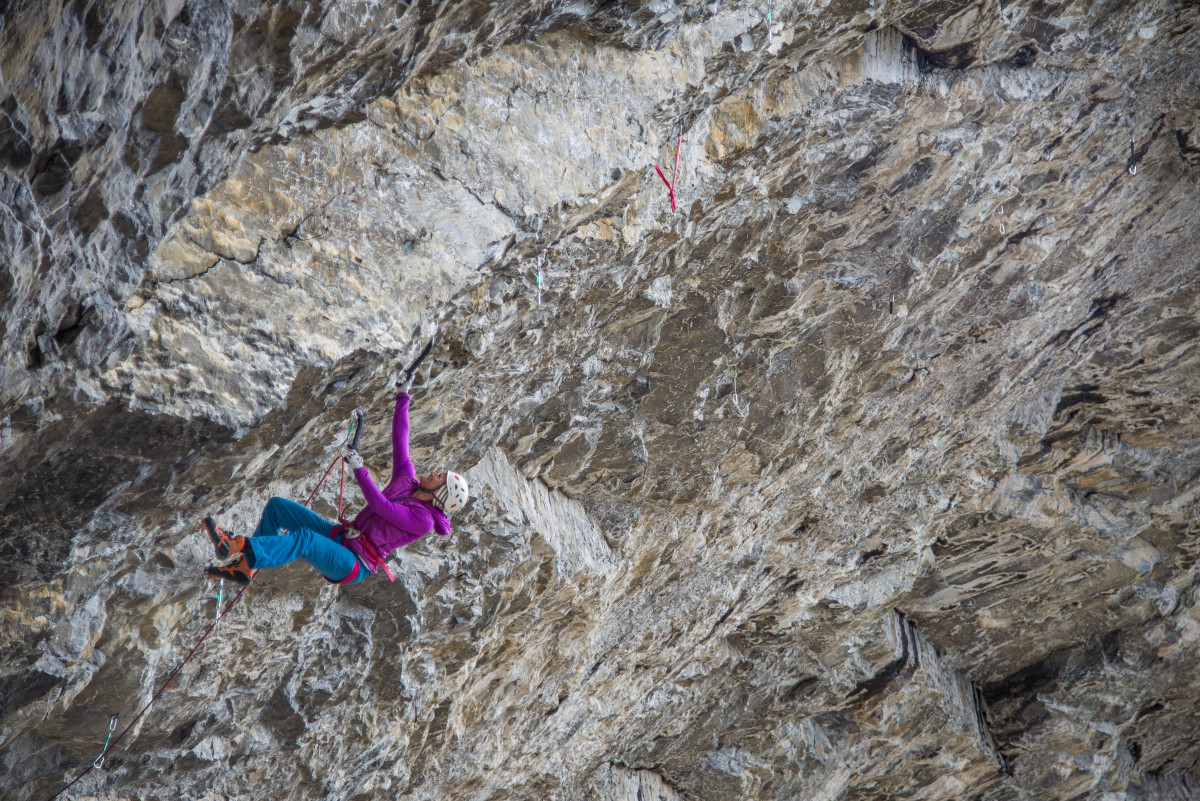
What kind of gear do you need for the rescue course and what are some of your favorites?
The whole idea of improvised rescue is that you are able to perform rescues with minimal gear, or the gear the you would normally have on a climb. You might learn through a course, that you will now start to bring one more locking carabiner, or one more cord, but generally you should be able to do most things with your usual rock climbing rack.
Five Petzl Attache locking carabiners (or similar pear shaped carabiner), a few non-lockers and slings for anchors, two longer (or one long and one short Sterling 7mm accessory cord) and a Sterling hollow block. (Petzl Reverso and Petzl Micro Traxion is a nice addition as well for several rescue applications.)
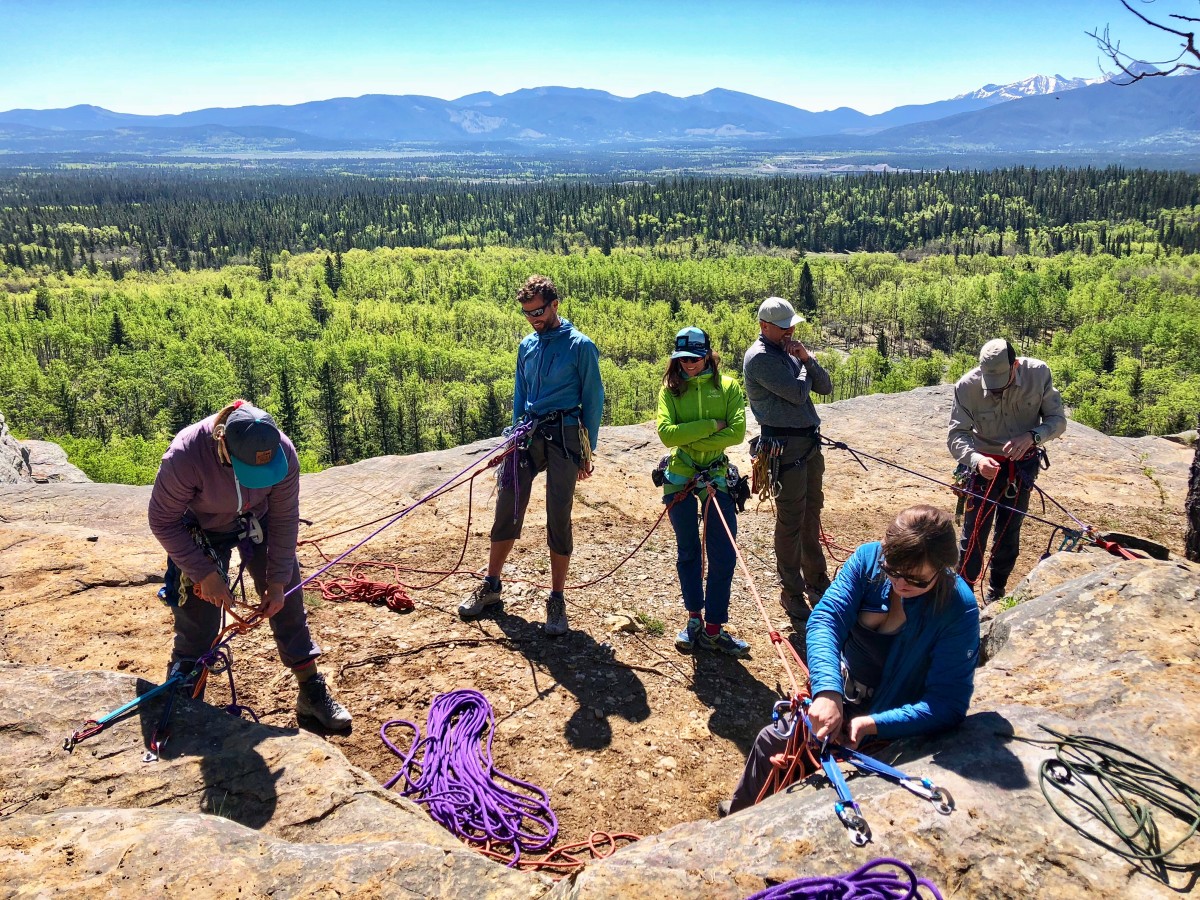
What is the best way to avoid rock rescue?
Start early—avoid parties above you, avoid afternoon weather buildup, add room for errors or slow climbing etc. Get beta and info on route prior to climb—know how long the pitches are, know the descent, know what rack to bring, have the topo on you at all times so you can avoid going off route.
Know your partner, and know their skills. Always be thinking about the worst case scenario—if weather came in—how would you get off from where you are? Bring a few essentials: communication device, headlamp, some sort of warm material come nightfall (puffy or bivy sack), extra material to leave behind if you have to bail, first aid kit.
Sarah runs her own guiding business year-round in the Canadian Rockies.
Check Out Her Website Herefrom Men's Journal https://ift.tt/303NpC1
No comments:
Post a Comment